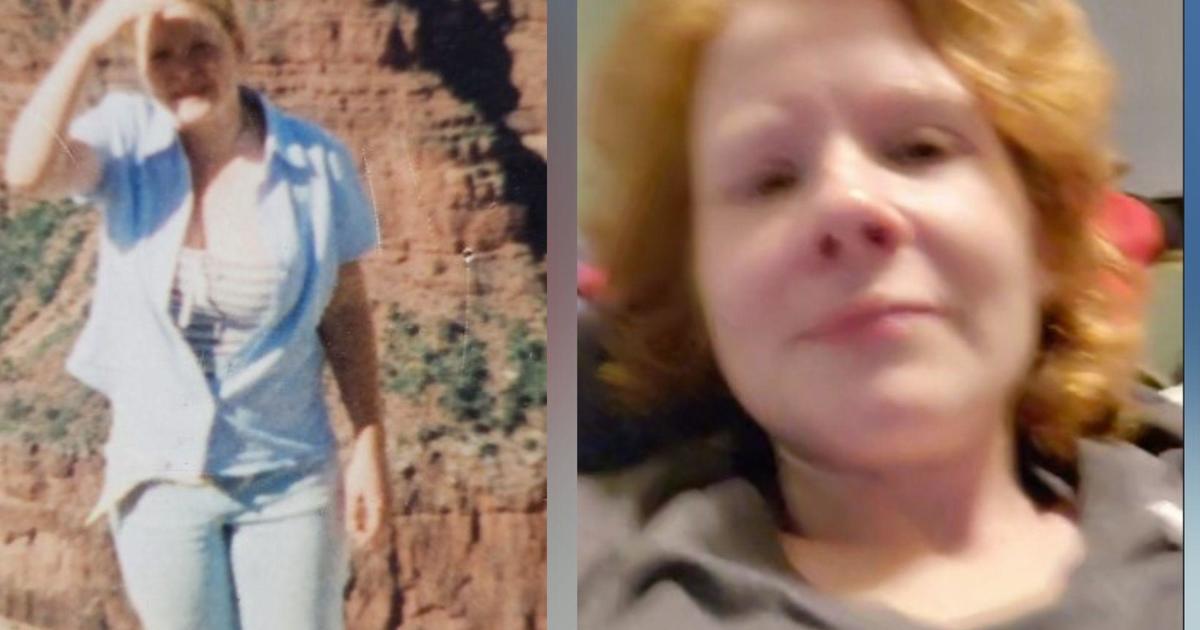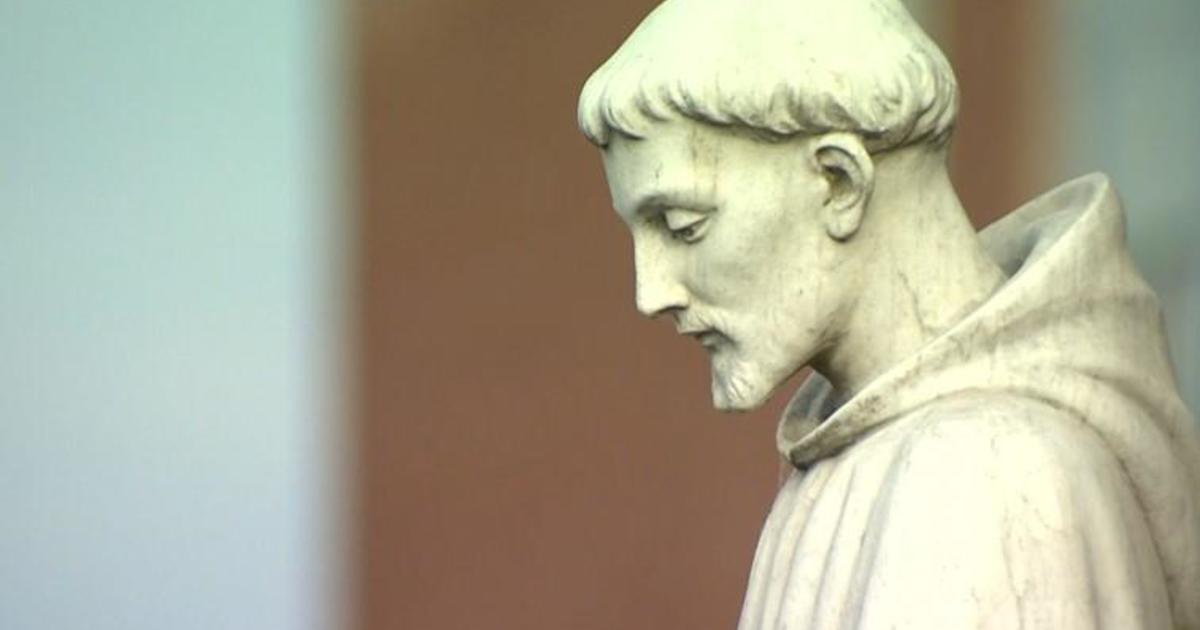This New Technique Targets Trigger Points Within Muscle To Treat, Manage Pain
BALTIMORE (WJZ) -- Pinpointing pain, dry needling is growing in popularity. The up-and-coming technique uses tiny needles to treat and manage pain.
A car accident last year left Sophia Fuchs with nerve damage and debilitating headaches that kept her in bed all day.
"We tried different medications, but nothing helped," Fuchs said. "My doctor recommended [that] perhaps I should do surgery, but I wasn't thrilled about doing surgery right away."
Instead of surgery, Simeon Mellinger, Doctor of Physical Therapy with LifeBridge Health, began using a technique called dry needling.
WJZ's Linh Bui: "What did you think when it was recommended to you?"
Fuchs: "What did I think? I said, hey, why not? I'll try it. I have nothing to lose. But of course the thought of having a needle go into my back. It frightened me a bit."
Maryland was one of the first states to allow physical therapists to dry needle patients.
Bui: "What is dry needling therapy?"
Dr. Mellinger: "Dry needling therapy uses a very tiny needle called a monofilament needle, and it's similar to an acupuncture needle except we target trigger points within the muscle, and a trigger point is essentially a muscle knot that refers pain elsewhere."
Mellinger said the pain from the needle feels similar to a charley horse.
"I would say the pain is minimal to moderate," he said. "And it only lasts a few seconds. Really the patients who come to me are at the point where they'll do anything to get rid of the symptoms that they've had."
Once the needle is in the trigger point, physical therapists can connect it to an electric current.
"We can increase the intensity of that current to get the muscle to contract and relax," Mellinger said. "And we find it has a neuromuscular effect on the muscle to get it to calm down."
Doctor Jan Dommerholt, President and Owner of Bethesda Physiocare, was the first person to teach dry needling courses in the U.S. in 1997.
He said he's seen the technique's popularity grow exponentially.
"It becomes very popular because it's so effective," Dommerholt said. "I think more and more physical therapists and chiropractors and now occupational therapists, more and more are approved to do this. Athletic trainers in several states can now do dry needling. I think all of this has contributed to a very sudden growth that really started maybe about ten years ago."
Dry needling is typically part of a larger treatment plan.
With their pain diminished, patients can do therapeutic exercises and strengthen the muscles around the joints.
"It's not just this magical stick with a needle," Dommerholt said. "Yes, it helps a lot. But if patients don't change what they do afterward to take advantage of their mobility it's probably not going to be that effective."
After four weeks of dry needling, Fuchs' headaches are milder and happen less frequently.
"In the past when I would have these terrible terrible headaches, I would stay in bed and try to sleep all day," Fuchs said. "But now I feel better. I don't have to go to bed and stay in bed all day, because it has helped me."
Bui: "So it's completely changed your life?"
Fuchs: "It's changed my life and I hope it will get rid of my headaches completely. That's the goal."



